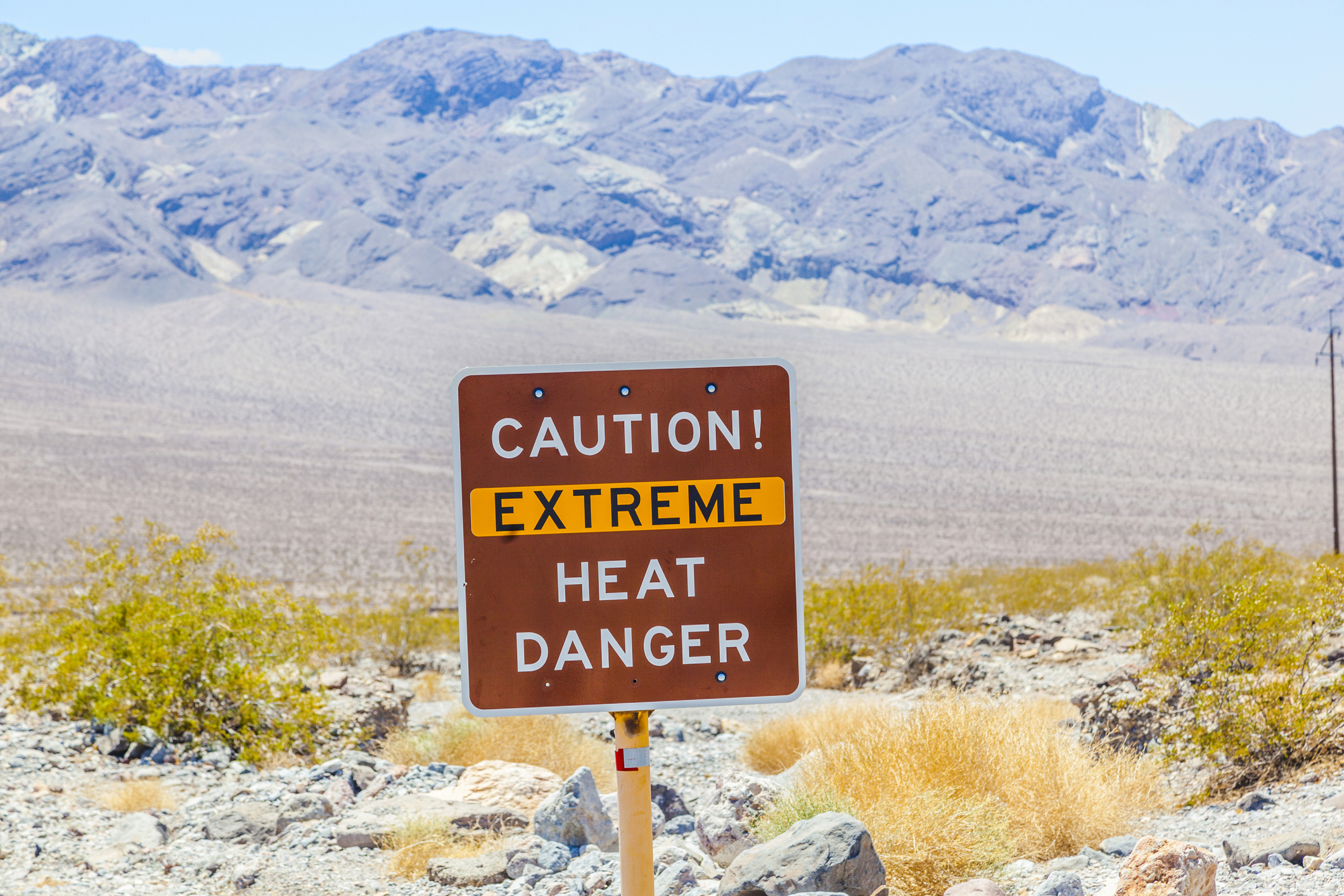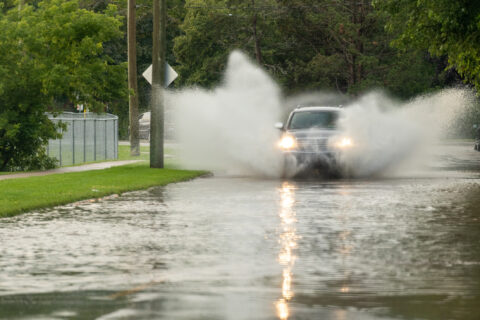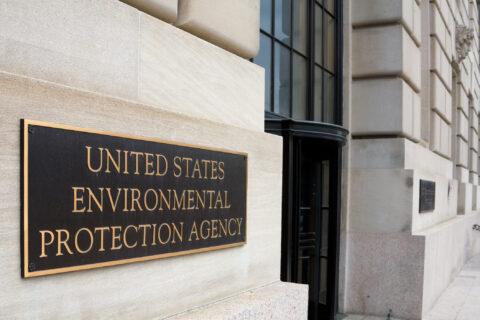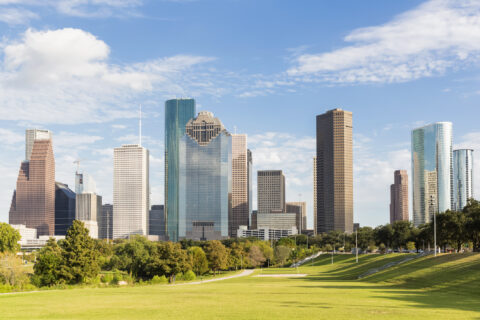Co-authored by Shweta Arya, Sr. Project Manager, Smart Surfaces, APHA
Extreme heat is a silent killer. As the National League of Cities noted in 2023, warming from climate change — compounded by urban heat islands — is already having a severe impact on the health and well-being of communities across the country. Between 1994 and 2023, extreme heat caused more fatalities compared to other extreme weather events such as floods, tornadoes, cold and hurricanes. This invisible threat silently escalates into a public health crisis. Our bodies struggle to regulate temperature, leading to heat-related illnesses ranging from cramps to life-threatening heat stroke. Further, the stress of extreme heat can worsen chronic conditions like heart disease and diabetes. Mental health is impacted as well, noting increased anxiety and depression occur during heatwaves. The burden falls heaviest on vulnerable populations: children, elderly adults, and those without access to air conditioning.
While dangerous, heat waves are predictable. Local leaders can take steps today to communicate the dangers of high heat to protect resident’s health and well-being while exploring long-term solutions to prepare communities for future extreme heat conditions.
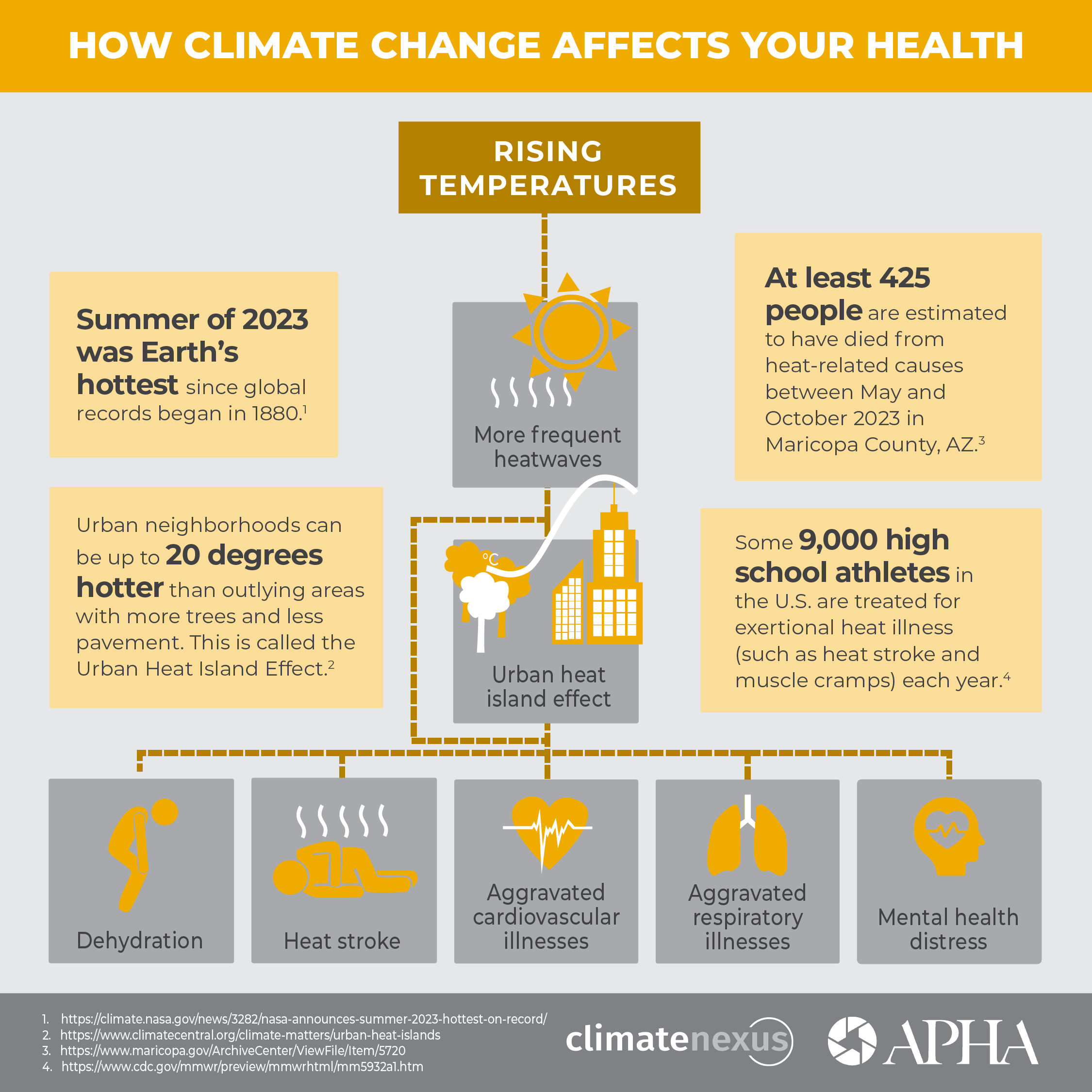
Solution 1. Communicate this Heat Season
A recent survey by the American Public Health Association (APHA) in partnership with ecoAmerica reveals a troubling disconnect. Despite heat being the leading cause of weather-related deaths in the US, only 37% of respondents expressed concern about heat waves as a public health threat. Local leaders can use existing resources from the federal government to forecast heat events in real time and communicate with residents about dangerous weather conditions and associated health risks. Understanding current conditions can help leaders make decisions that save lives.
Recently, the Center for Disease Control and Prevention (CDC) partnered with the National Oceanic and Atmospheric Administration’s (NOAA) National Weather Service (NWS) to launch the Heat and Health Initiative, which includes three resources. Local leaders can use these this summer to better prepare residents:
- The HeatRisk Forecast Tool provides a national seven-day heat forecast to provide data on when temperatures may reach harmful levels.
- The HeatRisk Dashboard combines heat forecasting data with other information to inform communities on how best to minimize impacts to their health.
- CDC clinical guidance supports clinicians in their work to keep at-risk individuals safe from heat impacts.
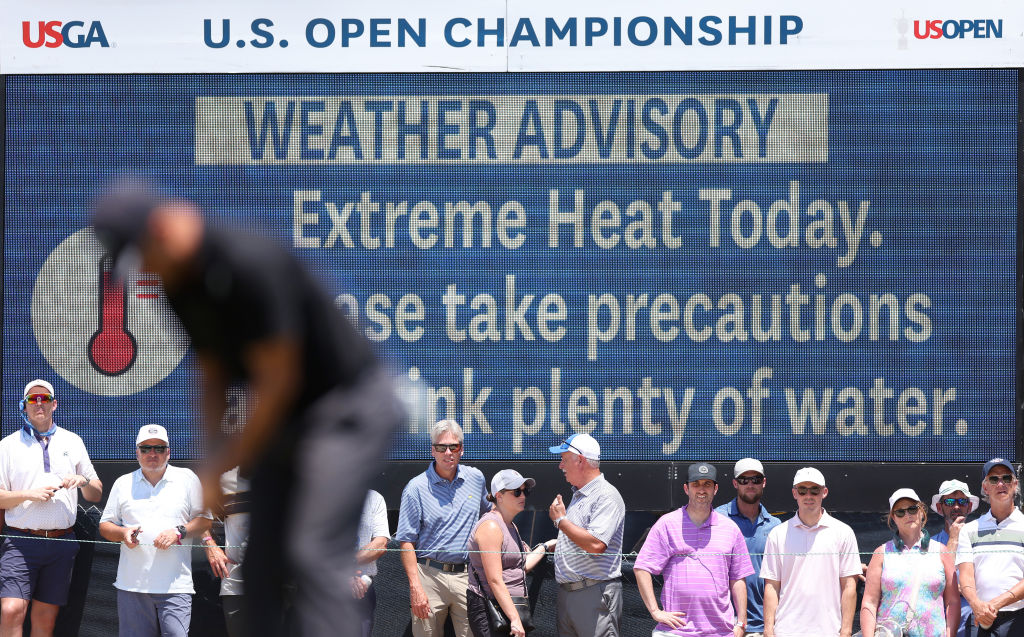
Solution 2. Ensure Availability of Cool Spaces for All
Availability of designated cooling centers and other air-conditioned spaces — including public spaces like libraries — are critical during an extreme heat event. During high-heat days, local leaders can use communication tools like radio stations and social media channels to ensure residents can find and access cool spaces, particularly unhoused residents or residents who do not have access to personal air conditioning in their homes. Jacksonville, FL, created an Excessive Heat Task Force and unveiled a plan to respond to extreme heat, including through the identification of Cooling Centers that open under certain conditions. Austin, TX, created a Cooling center map where users can view locations and find directions in a few easy steps. The application and other city alerts can be used as examples by municipalities seeking to implement this solution in their community.

Many communities are creating resilience hubs utilizing trusted community spaces like libraries or neighborhood resource centers. Resilience hubs are typically known as community spaces that serve residents through various types of programming throughout the year while being a one-stop shop before, during, and after an emergency event. Resilience hubs can serve as a central place to coordinate the distribution of vital resources, from serving as a meeting location and cooling center to providing real-time information to the neighborhood to allocating water and food.
Since resilience hubs often utilize existing infrastructure, they not only serve as disaster resource centers but also vital community spaces to maintain or revitalize community connections. City leaders can draw from other municipalities like the City of Oakland, CA, which is advancing resilience hubs in frontline communities across their municipality, and Calhoun County, FL, whose team is utilizing local libraries in their rural area to create support centers for disaster response. Local leaders may explore federal funding sources through the Federal Emergency Management Agency to advance resilience hubs.
Solution 3. Create Extreme Heat Event Response Plans to Protect At-Risk Communities and Workers
As high-heat days impact communities this year, local leaders can implement emergency solutions for the most vulnerable, giving their municipalities more time to develop longer-term plans after the heat season. An EPA review showed that people who live in urban areas, particularly residents with low incomes and residents of color, are disproportionately impacted by extreme heat. In addition, farmworkers, the majority of whom identify as Hispanic or Latino, are directly and disproportionately impacted by climate-related hazards, including extreme heat and wildfire smoke.
Some states have adopted standards for heat exposure to protect both indoor and outdoor workers who work in extreme conditions. These standards could be models at the local level where state pre-emption does not inhibit local action. Actions in these standards include:
- Access to shade for outdoor workers
- Preventative cool-down breaks
- Provision of water
- Observation of and regular communication with employees while on-site to ensure health and safety
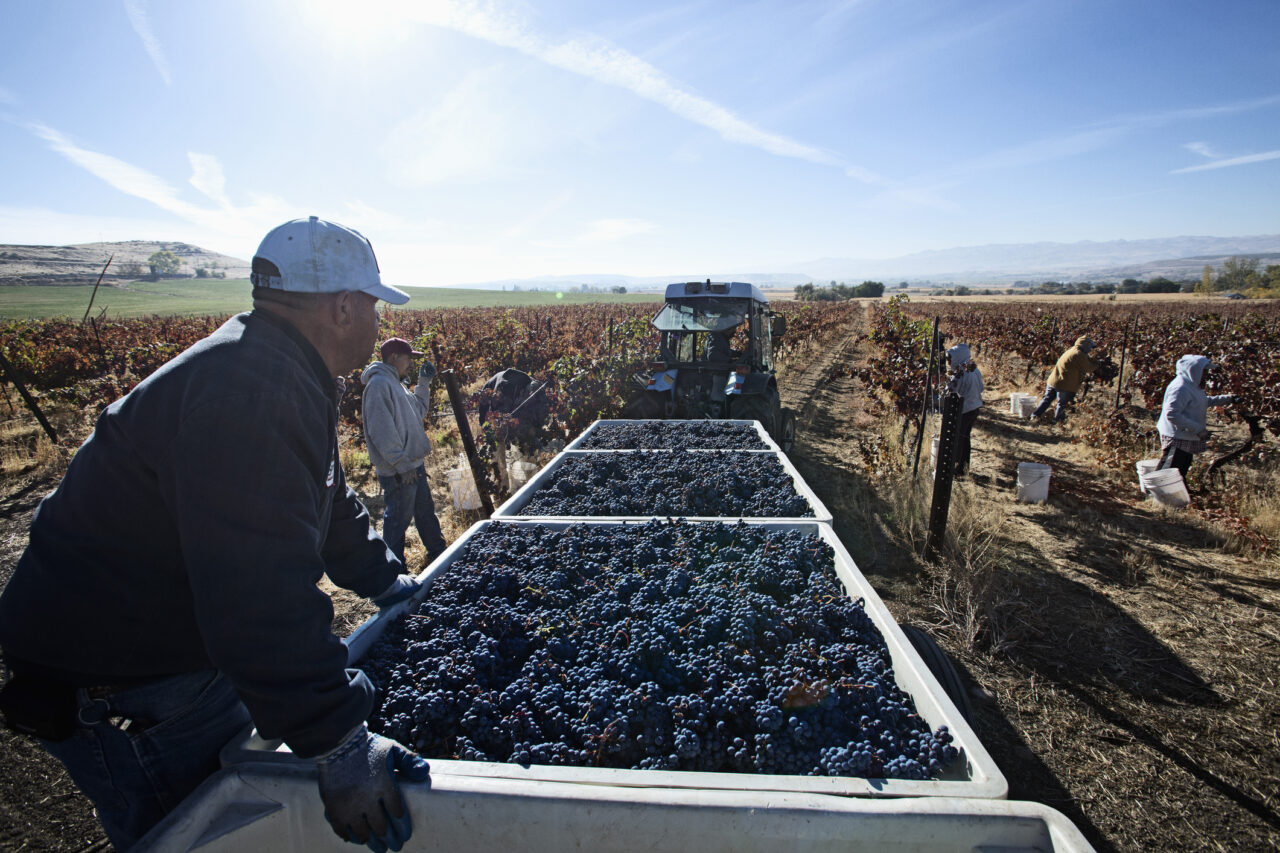
Other at-risk populations include older adults and children, the unhoused, and residents suffering from underlying physical or mental illnesses. During high-heat days, local leaders may consider:
- Adopting limits on time, children spend outside for recess and sports-related activities
- Opening government-owned emergency shelters for the unhoused or those without access to other cool spaces
Planning for Tomorrow
Planning for extreme heat impacts can look different depending on the geography and size of a municipality. Listed below are some tools available from federal agencies and non-profit organizations to assist municipalities in their extreme heat planning efforts.
- The White House Update, Planning Tools for Combatting Extreme Heat provides tools to mitigate impacts from urban heat. Heat.gov is a one-stop shop for all extreme heat-related resources.
- NLC’s resource on urban heat islands assists local leaders in identifying potential solutions to extreme heat. It includes a database from the EPA of actions communities have taken to reduce heat islands with funding sources listed.
- NLC and APHA partner with the Smart Surfaces Coalition (SSC) to develop resources for local leaders to address extreme heat challenges through landscape-scale transformations. Resources under development include a policy toolkit focused on reflective roofs, green stormwater infrastructure, cool pavements and solar, among other strategies.
- Extreme heat events can be dangerous to health – even fatal. These events result in increased hospital admissions for heat-related illnesses, as well as cardiovascular and respiratory disorders. Learn from APHA about how extreme heat can impact your health.
- The Heat Action Platform 2.0 from the Atlantic Council is a tool for city officials to find existing resources and solutions to reduce the impacts of extreme heat. The platform offers opportunities to engage with experts across various disciplines to plan, fund, implement and measure heat resilience actions.
Join us to learn more!
The National League of Cities (NLC) and the American Public Health Association (APHA) are excited to co-host a webinar on the Center for Disease Control and Prevention’s (CDC) new heat and health initiative on July 18th at 1 pm EST. This timely webinar will equip city officials and public health professionals with the knowledge and tools needed to protect their communities from extreme heat events. Register for the CDC Webinar through APHA now!
